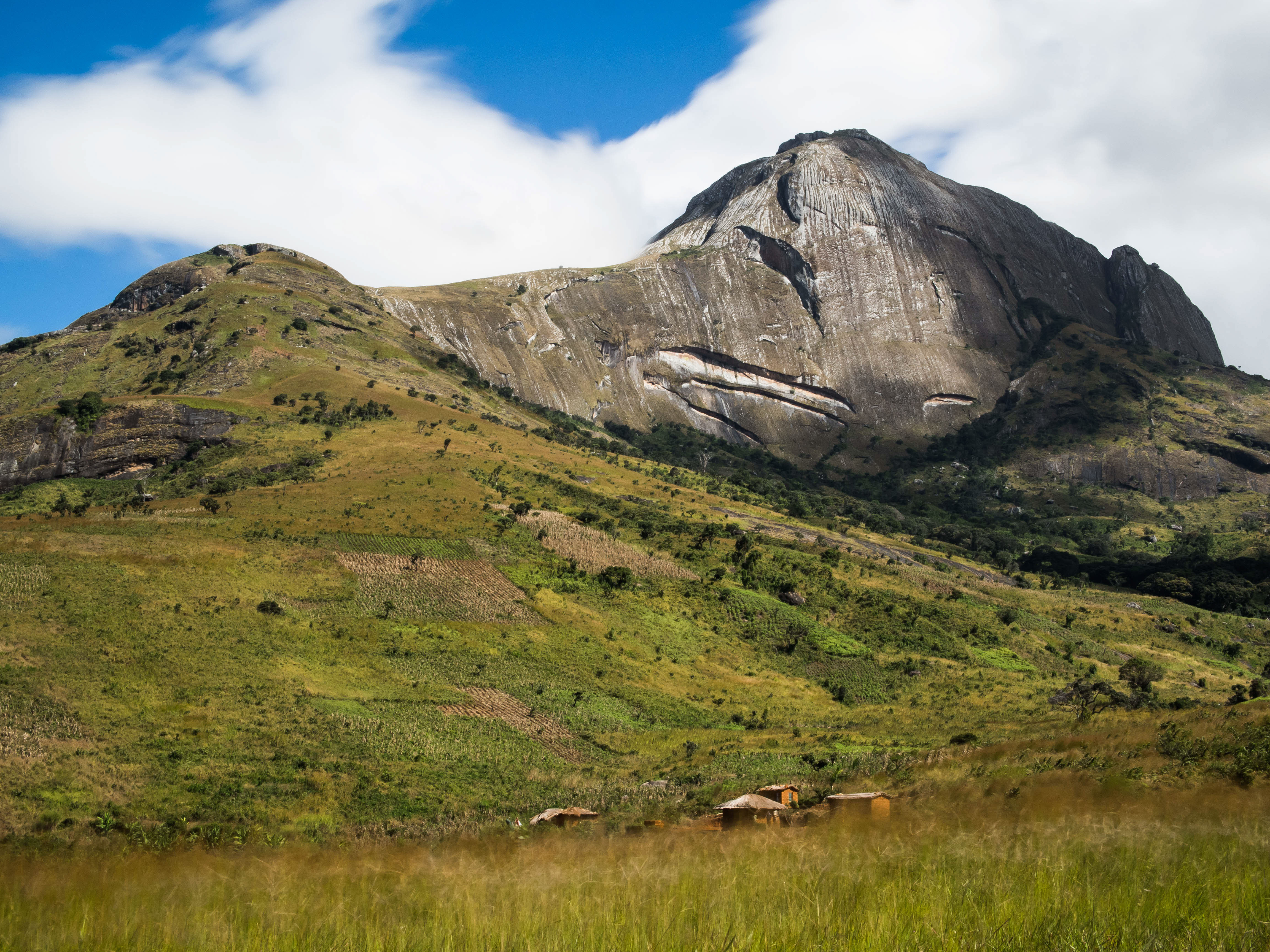
The Key Biodiversity Area Partnership
Helping Direct Scarce Conservation Resources
14 December 2016
The reality is that resources for biodiversity conservation are limited, so conservation organizations need to be strategic about where they focus their efforts. But defining what areas are most important for the conservation of global biodiversity gets tricky.
“Many conservation groups were using different methodologies to identify important sites for biodiversity,” said CEPF Managing Director Jack Tordoff. “It was confusing to an outside audience, and that becomes important because the people we want to use the data are not necessarily scientists. They may be consultants, government planners or companies trying to reduce their environmental footprint. They want data that they feel are credible and that have the support of the conservation community as a whole. They are looking for a universal standard.”
So in 2004, a Joint Task Force was established by the International Union for Conservation of Nature (IUCN) to consolidate the criteria and methodology for enabling countries to identify Key Biodiversity Areas (KBA), which are defined as sites that contribute significantly to the global persistence of biodiversity.
Following a four-year consultation process, the Joint Task Force finalized the A Global Standard for the Identification of Key Biodiversity Areas, which launched in 2016 at the World Conservation Congress in Hawaii. Penny Langhammer co-chaired the Task Force. “Building on four decades of work to identify important sites for biodiversity, the criteria in the KBA Standard can be applied to species and ecosystems in terrestrial, inland water and marine environments,” she said. “Quantitative thresholds underpin the criteria to ensure that KBA identification is objective, transparent and repeatable.”
Through the standard, KBAs are determined based on 11 criteria that center around threatened and geographically restricted species and ecosystems, ecological integrity (how intact the area is), biological processes (for example, is the area an important breeding ground for a species), and irreplaceability. For sites, the KBA Standard plays a role similar to that of the IUCN Red List in regard to threatened species. Since its founding in 1964, the Red List has become a well-respected tool in conservation.
What is the KBA Partnership?
“The KBA Partnership was created to significantly increase efforts by governments, civil society and private companies to safeguard the most important places for nature on Earth,” Langhammer said.
There are now 11 partners in total, including CEPF, with each committing US$1 million over five years to advance the identification and monitoring of KBAs, communicate their importance, and promote their protection both nationally and internationally.
At the 2016 IUCN World Conservation Congress in Honolulu, Hawaii, the partnership officially kicked off. In addition to CEPF, the founding partners include:
- BirdLife International
- IUCN
- Amphibian Survival Alliance
- Conservation International
- Global Environment Facility
- Global Wildlife Conservation
- NatureServe
- Royal Society for the Protection of Birds
- World Wildlife Fund
- Wildlife Conservation Society
“By joining forces and working toward a common vision, the KBA Partnership will help direct scarce conservation resources towards sites that are critical for the global persistence of biodiversity,” said Langhammer, who currently represents the Amphibian Survival Alliance on the KBA Committee.
That’s not to say that the process was simple. “A partnership like this is never easy; it takes time and effort. Often there are differences or people are too busy with their day-to-day responsibilities to think more broadly and work collaboratively,” said Tordoff. “I give credit to the people who led the consultation process.”
Where does CEPF fit in?
CEPF has been using KBAs as the lens for selecting geographic priorities almost since the fund’s inception in 2000. Before investing in a biodiversity hotspot, CEPF prepares an “ecosystem profile,” an in-depth analysis of the region that involves hundreds of stakeholders. Part of that process includes identifying KBAs in the region. To date, about one-third of the world’s 18,000 KBAs have been identified through this CEPF process.
CEPF Executive Director Olivier Langrand and Conservation International's Daniela Raik serve as chairs of the KBA Consultative Forum, which will work to liaise between the KBA Committee and end users.
Looking Forward
As more data become available, more KBAs will be identified, especially for species and in places currently underrepresented in identification processes.
For the first time, CEPF has used the new standard to develop the ecosystem profiles for two of its new investments: the Mediterranean Basin Hotspot and the Mountains of Central Asia Hotspot.
“Although it’s a very ambitious undertaking, the experience thus far has been encouraging,” Tordoff said. “The history of conservation is a story of rivalry and competition between groups that should have been united behind a common cause. The KBA standard is an example that things do not have to be this way.”